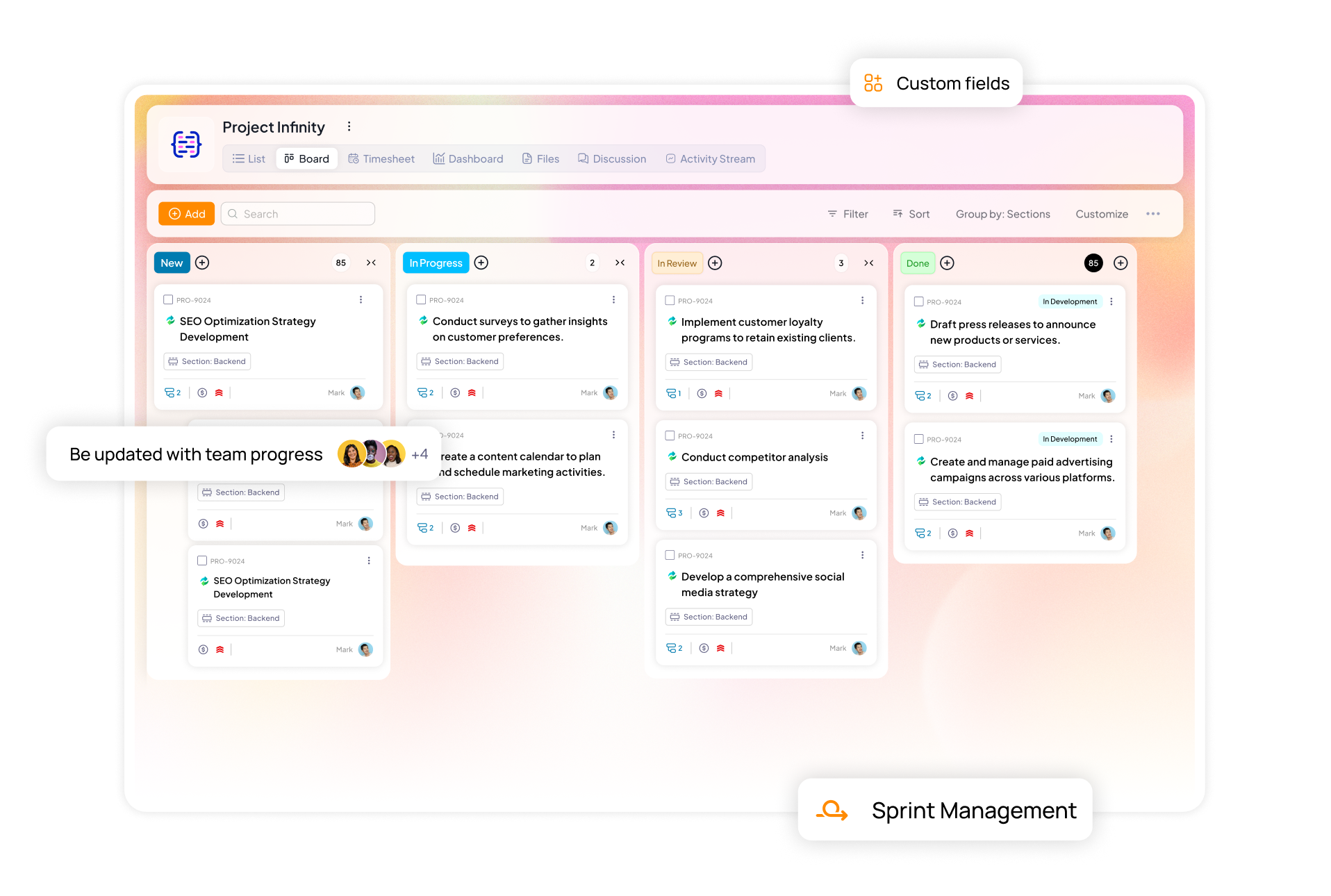Mission and vision statements articulate how a company plans to achieve its goals and what the business will ultimately achieve.
A mission statement defines the company’s business, who it serves, what it does, and its approach to reach those objectives. A vision statement describes the desired future state of the company.
Mission Statements vs Vision Statement
Though they both sound interchangeable, their essence is different, shaping the soul and future direction of organization.
Harvard Business Review describes Mission Statement as what business the organization is in (and what it isn’t) both now and projecting into the future. Its aim is to provide focus for management and staff. A consulting firm might define its mission by the type of work it does, the clients it caters to, and the level of service it provides. And Vision Statement as what the organization wishes to be like in some years’ time. It’s usually drawn up by senior management, in an effort to take the thinking beyond day-to-day activity in a clear, memorable way.
Vision statement should answer the basic question enveloping – What does the world look like if we succeed? The fact is that the vision statement should be bigger than your brand. It should answer the ‘Why’ for a company to be existing. Mission statement, on the other hand, describes what a company does at the present moment to achieve these goals.
Example:
Apple’s mission statement – To bring the best user experience to customers through innovative hardware, software, and services.
Apple’s vision statement: We believe that we are on the face of the earth to make great products, and that’s not changing.
The mission statement above shows Apple’s commitment to delivering the best products for its customers. It guides the company’s goals and plays a pivotal role in its sustained excellence. The vision statement highlights that they are evidently determined to deliver great products for its users. This statement guides the company in its pursuit of innovation with an aim to enhance user experiences and positively impact the community.
But why should we keep vision and mission separate?
Aspect | Mission Statement | Vision Statement |
Focus | Present | Future |
Nature | Purpose-Driven, Action-Oriented | Aspirational, Motivational |
Time Orientation | Describes the current raison d’être | Projects the desired future state |
Scope | Inclusive of all aspects of business | Often broad, capturing overarching aspirations |
Primary Purpose | Guide daily operations, define current organizational role | Inspire and set a direction for the future |
How Are Mission, and Vision Statements Implemented?
Often, it’s the upper echelon in a company that crafts the mission and vision statements, albeit with insights from larger teams. The crafting process follows a sequence clarifying the purpose, defining the mission, and then coloring the future. For leaders, to do this effectively.
- Engage with various stakeholders, from employees to customers, to genuinely grasp the company’s culture, values, strategy, and future aspirations.
- Recognize and prioritize the company’s obligations to its primary stakeholders, including customers, employees, shareholders, and local communities.
- Make sure that the objectives are measurable, the approach is actionable, and the vision is achievable.
- Articulate the message in clear, simple, and precise language.
- Develop buy-in and support throughout the organization.
How to write a Mission statement?
- Start with Why: Deeply understand why your organization exists. This purpose forms the foundation of everything you’ll build upon.
- Engage the Community: Value the insights of everyone involved with your organization, whether they’re internal team members, users, or partners. Their perspectives will enrich your mission.
- Reflect on Key Questions: What purpose does our product or service serve? Who are we doing this for? How does our work influence the larger community?
- Clarity is Key: Keep the language simple and direct. It should resonate with a wide audience, regardless of their familiarity with your industry.
- Make it Memorable: Your mission is your anchor. Craft it in a way that it’s easy to remember and sticks in the minds of those who hear it.
How to write a Vision statement?
- Collaboration is Crucial: Collaborate with stakeholders from varied backgrounds. Diverse insights lead to holistic visions.
- Stay Aligned to Core Values: Your vision should authentically represent your organization’s core beliefs and principles. It acts as the guiding light for your long-term strategies.
- Dream Forward: Envision the transformative potential of your endeavor. What major milestones and transformations lie ahead?
- Pose Future-centric Questions: Where do we envision ourselves in the next decade? What legacy do we wish to leave behind?
- Be Bold, Yet Grounded: It’s essential to think big with your vision, but it should also be something tangible and achievable, rallying your team together.
Examples of Mission and Vision Statements from leading companies and Startups
Tesla
Mission Statement: To accelerate the world’s transition to sustainable energy.
Vision Statement: To create the most compelling car company of the 21st century by driving the world’s transition to electric vehicles.
Amazon
Mission Statement: To be Earth’s most customer-centric company, where customers can find and discover anything they might want to buy online, and endeavors to offer its customers the lowest possible prices.
Vision Statement: To build a place where people can come to find and discover anything they might want to buy online.
Airbnb
Mission Statement: To help create a world where you can belong anywhere and where people can live in a place, instead of just traveling to it.
Vision Statement: Tapping into the universal human yearning to belong—the desire to feel welcomed, respected, and appreciated for who you are, no matter where you might be.
Slack
Mission Statement: To make people’s working lives simpler, more pleasant, and more productive.
Vision Statement: To bring all your communication together in one place.
What are the typical purposes served by Mission and Vision Statements?
They serve internal purposes by:
- Steering leadership’s perspective, particularly amidst transformative phases.
- Setting clear benchmarks for excellence.
- Motivating team members through shared objectives and clear direction.
- Informing and influencing individual decision-making processes.
- Laying a foundation for ethical and principled conduct.
- Garner support from the broader community.
- Foster enhanced client communication and stronger ties with your stakeholders
- Act as a strategic communication tool to engage and inform the public.






